5 Common Leather Cutting Challenges — And How CNC Machines Solve Them

Natural leather is one of the most valuable and unique materials used in sofas, shoes, bags, and automotive interiors. But every hide is different—irregular shapes, thickness variations, and surface defects are common. For manufacturers relying on manual cutting, these challenges lead to high material waste, inconsistent quality, and rising labor costs.
So, how can we cut leather smarter, not harder?
Let’s explore how CNC leather cutting machines—especially those using oscillating knife technology—solve these issues and help factories upgrade their cutting process.
Why Your Gasket Cuts Keep Failing: 6 Common Problems You Can’t Blame on the Material
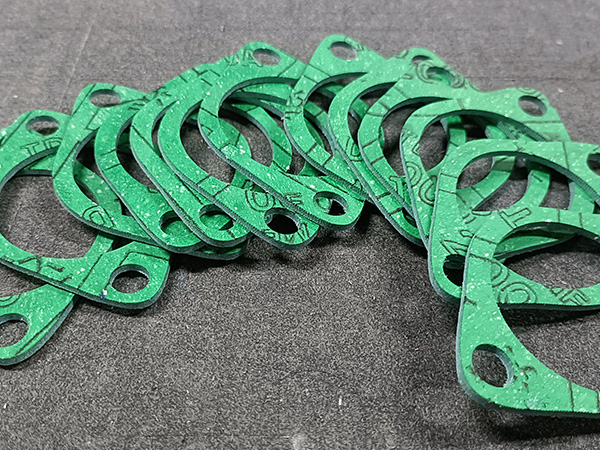
Using a CNC oscillating knife cutting machine for gaskets—especially non-asbestos and rubber types—can significantly boost production efficiency and accuracy. But let’s be honest: it’s not always smooth sailing. Some customers encounter unexpected issues that affect cut quality, precision, and even blade life.
The good news? Most of these problems aren’t due to the material. They come from the machine structure, incorrect tooling, improper settings, or operational errors. This article dives into the 6 most common issues, explains the technical causes behind them, and provides insights into how a well-built CNC gasket cutting machine—like AMOR’s—can prevent them.
How CNC Leather Cutting Machines Support Mass Customization in the Bag Industry
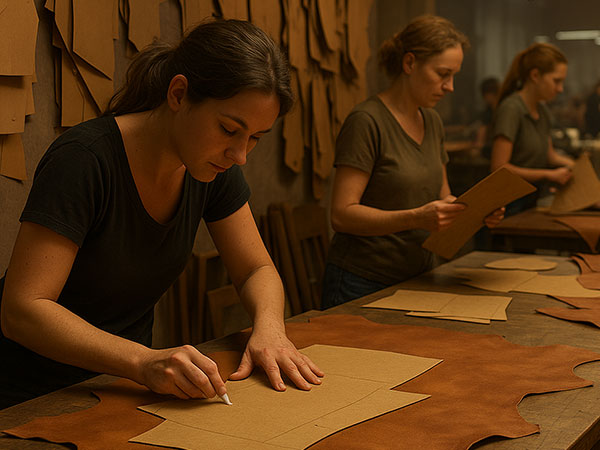
In today’s fast-changing market, bag brands face more pressure than ever to offer personalization, fast delivery, and small-batch flexibility. Customers want unique styles, short lead times, and quick trend responses—and manufacturers are expected to keep up without raising costs.
That’s where CNC leather cutting machines step in. Equipped with oscillating knife tools, vision scanning, and smart nesting software, these machines are transforming how leather bags are made—from small designer batches to mass-customized collections.
5 Cutting & Grooving Challenges in Phenolic Duct Fabrication—And How CNC Machines Solve Them
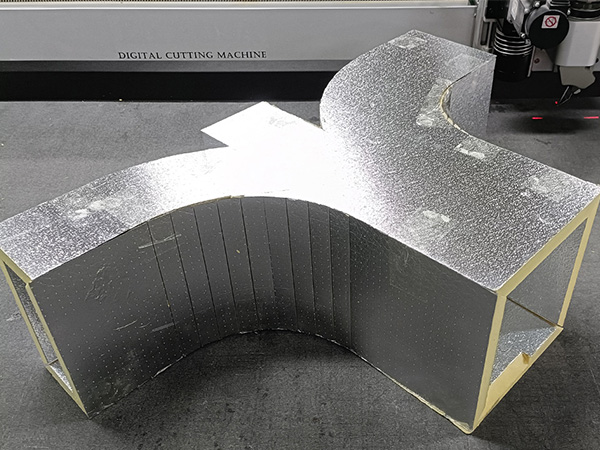
In the HVAC industry, pre-insulated phenolic air ducts have become a preferred choice due to their lightweight, fire-resistant, and high-insulation properties. But producing these ducts efficiently and accurately—especially when it comes to cutting and V-grooving—can be challenging.
Many factories still rely on manual labor or milling machines for duct fabrication. These traditional methods are slow, dusty, and often inaccurate, making it hard to keep up with modern demands for customization and efficiency.
In this article, we’ll explore five common challenges in phenolic duct processing and explain how the AMOR CNC oscillating knife cutting machine provides a smart, precise, and automated solution.
From 3/8” to 1.5”: The Best Cutting Techniques for Silicon Fiber Blankets
Silicon fiber blankets—also called aluminum silicate needle-punched blankets or silica fiber blankets—are widely used in fireproof insulation, high-temperature sealing, and furnace lining applications.
While the material is soft and flexible, cutting it cleanly across different thicknesses is far from simple. Customers often struggle with fiber dragging, incomplete cuts, and blade wear. This article provides a complete guide on how to achieve precise and efficient cutting of ceramic fiber blankets ranging from 3/8 inch to 1.5 inches using oscillating knife cutting machines.
Which Cutting Tool Is Best for 50mm EPE Foam? A Quick Guide for CNC Users
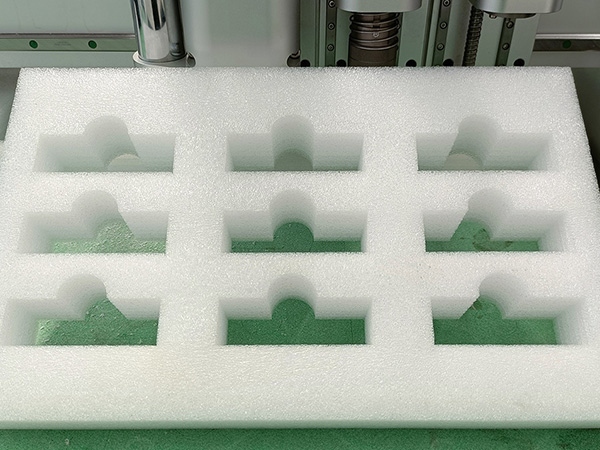
Choosing the right cutting tool is essential if you want clean, fast, and cost-effective results. One of the most common customer questions we receive is:
“Which tool is best for cutting 50mm EPE foam — the 400W electric oscillating tool, the high-frequency electric tool, or the pneumatic oscillating tool?”
In this article, we’ll give you a clear answer based on material properties, tool performance, and production goals. If you’re using a vibrating knife cutting machine, EPE foam cutting machine, or any CNC foam cutting machine, this guide will help you make the right choice.
7 Common Grooving Problems with Polyester Fiber Acoustic Panels—And How I Fix Them
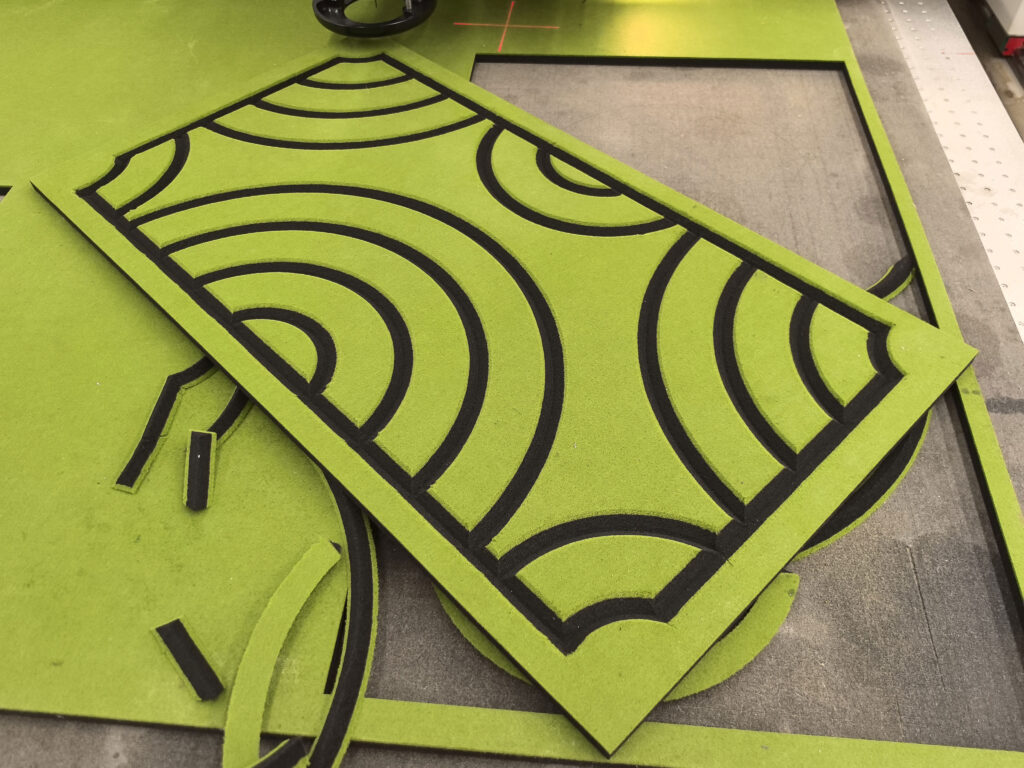
Let’s talk about polyester fiber acoustic panels—those colorful, sound-absorbing beauties found in offices, theaters, and home studios. You’ve probably seen them bent into sleek curves or cut with precise grooves for fancy wall patterns. That magic? It comes from grooving. And not just any grooving—V-grooving.
Thanks to CNC oscillating knife cutting machines and bevel cutting tools (yes, I’m biased—AMOR CNC’s tools are fantastic), V-grooving has become the go-to method for turning flat panels into stunning 3D shapes.
But, here’s the kicker: grooving these panels isn’t always smooth sailing. I’ve trained plenty of customers, and trust me—we’ve seen all the classic errors. So today, I’m sharing the 7 most common grooving problems and how we fix them like pros.
How to Choose the Right Blade for Your CNC Gasket Cutting Machine?
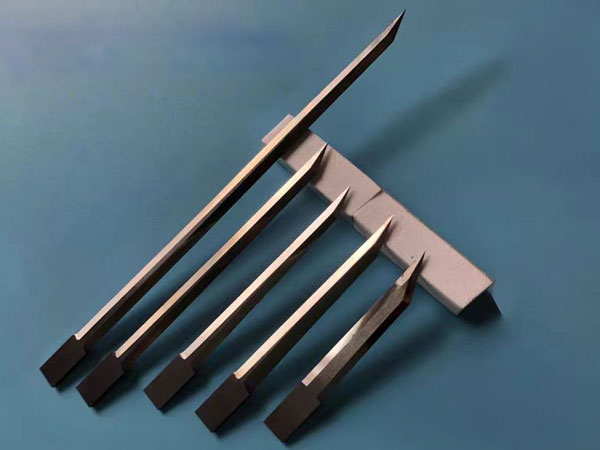
If you’re using a CNC gasket cutting machine, but your small circles don’t close neatly… or the blade keeps snapping when cutting harder material… or your cuts look like they were done with a butter knife—well, my friend, you may have chosen the wrong blade.
The tricky part? Choosing the right blade isn’t just about sharpness. You could have the sharpest blade in the world, but if it’s the wrong shape, length, or material… it’s game over.
In this guide, I’ll walk you through everything you need to know about blades—from types and specs to installation tips and replacement advice. I’ve been with AMOR CNC long enough to know: the right blade makes all the difference.
Choosing a Phenolic Duct Cutting Machine? Don’t Miss These 3 Crucial Points
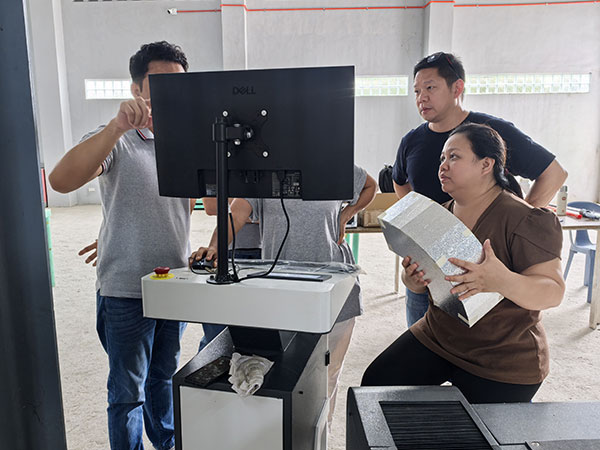
If you’re in the HVAC industry and you’re ready to upgrade from manual cutting (and back pain) to a proper CNC solution for phenolic air duct fabrication, then this post is for you.
I just returned from a three-day training trip in Manila, Philippines, where I helped a client set up their phenolic duct cutting machine. Based on that experience—and a few close calls with wrongly installed blades—I’ve summarized the top 3 things you must pay attention to when choosing your phenolic duct CNC cutting machine.
Trust me, this isn’t just about specs. It’s about choosing a full solution that actually works in your workshop.
Why is Vacuum So Important for Oscillating Knife Cutting Machines
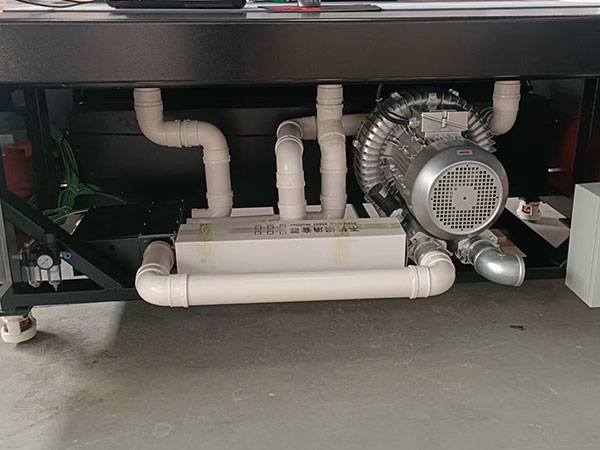
The main job of a vacuum adsorption system is simple—keep your material flat and still during cutting. But in practice, it’s one of the most misunderstood (and underappreciated) parts of a CNC oscillating knife cutting machine.
When you’re cutting thin film, soft foam, gaskets, or textile materials, even the tiniest wiggle can turn a clean job into a complete mess. Vacuum holds your sheet in place, keeps your lines straight, and saves your materials from becoming expensive confetti.

